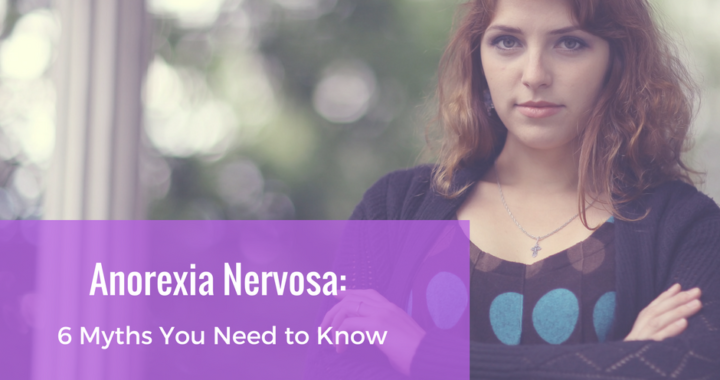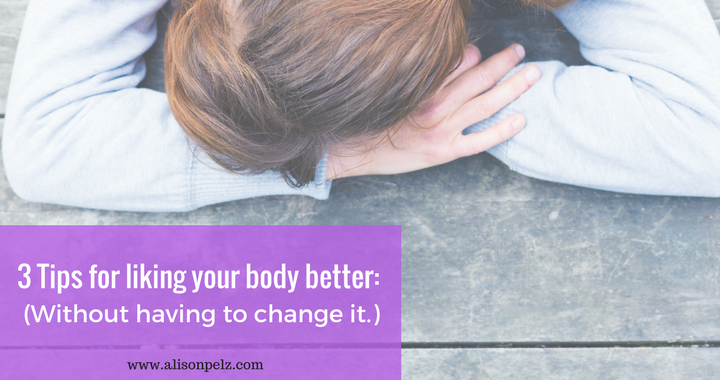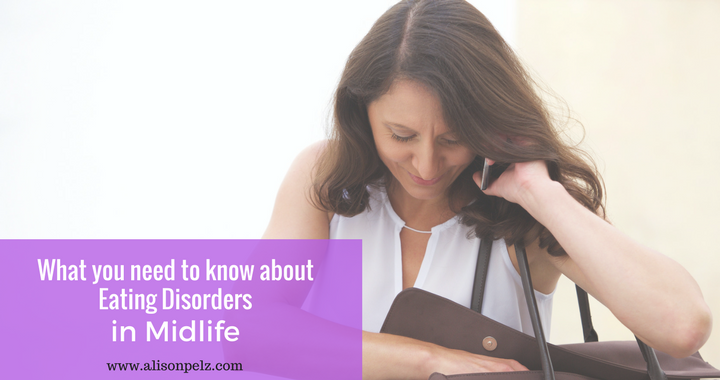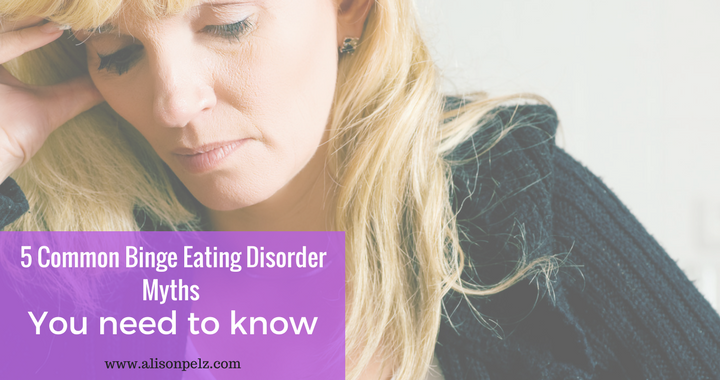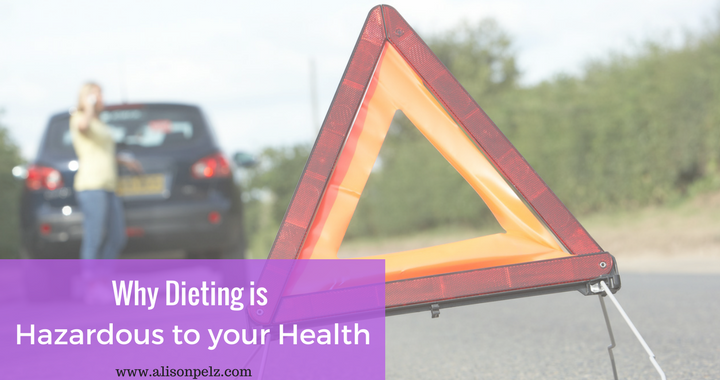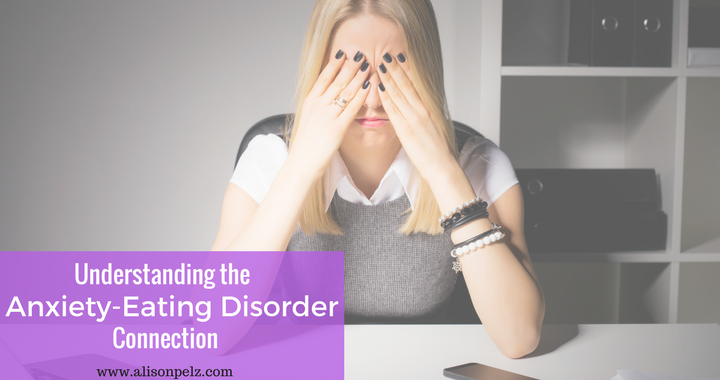When you think of Anorexia Nervosa what often comes to mind is a young emaciated girl. These images are what we see in the popular media. Unfortunately, these images are misleading and confusing. Media images contribute to myths about anorexia nervosa and what it really is and “looks” like. Below there are several common myths debunked about the disorder
What is Anorexia Nervosa?
Anorexia Nervosa is characterized by an intense fear of being fat (or gaining weight) despite being at a low weight, having a low caloric intake which leads to weight loss or poor weight gain/growth in children and the inability to evaluate own body size and shape. Meaning the sufferer thinks their body is larger that it is.Continue reading
